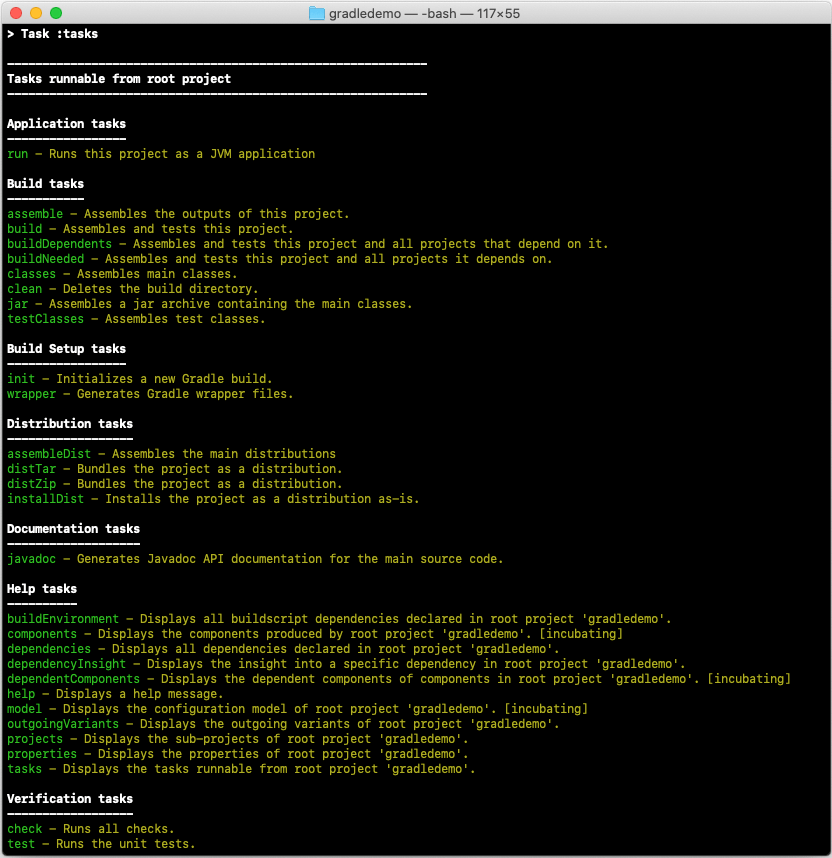

GooglePlayServices.ProgressReporter:SignalComplete() GooglePlayServices.c_AnonStorey17:m_29(Result) GooglePlayServices.c_AnonStorey17:m_28(Result) Google.RunOnMainThread:Run(Action, Boolean) GooglePlayServices.c_AnonStorey17:m_27(Result) GooglePlayServices.c_AnonStorey1C:m_2E(List`1) GooglePlayServices.ResolverVer1_1:LogMissingDependenciesError(List`1) GooglePlayServices.PlayServicesResolver:Log(String, LogLevel)

Revision: 10ed9dc355dc39f6307cc98fbd8cea314bdd381cĪnt: Apache Ant(TM) version 1.9.Resolution failed & Gradle failed to fetch dependencies Admob add problem ?įailed to fetch the following dependencies:Ĭom.:play-services-ads:15.0.1 WARNING: All illegal access operations will be denied in a future release WARNING: Use -illegal-access=warn to enable warnings of further illegal reflective access operations WARNING: Please consider reporting this to the maintainers of .CachedClass WARNING: Illegal reflective access by .CachedClass (file:/usr/local/Cellar/gradle/4.4.1/libexec/lib/groovy-all-2.4.12.jar) to method () WARNING: An illegal reflective access operation has occurred Could you please comment on this warning (pasting it below for your reference). However I have one question.Īfter installation was done and when I executed the command “ gradle -v” though it showed the proper version but there was warning as well. If your installation was correct you will see something like the following output: $ gradle -v To test Gradle installation open the Terminal.app and execute gradle -v command. Or you can open a new Terminal.app to make this changes active.
#Gradle 4.10.3 update
Run source ~/.bash_profile to executes the update version of.If you don’t already have the PATH variable add the following line export PATH=$GRADLE_HOME/bin:$PATH Also update the PATH variable to include $GRADLE_HOME/bin.bash_profile in your home directory to add GRADLE_HOME variable with the following line export GRADLE_HOME=/usr/local/gradle/gradle-4.0.2
#Gradle 4.10.3 archive
Extract the downloaded Gradle distribution archive by executing sudo unzip gradle-4.0.2-all.zip -d /usr/local/gradle.Create a new directory sudo mkdir /usr/local/gradle.Unpacking Gradle and Configure Environment Variables For example, you can download the latest release of Gradle, as of this update the version is gradle-4.0.2-all.zip. Download the complete distribution which includes binaries, sources and offline documentation. Now, if you want to do it manually, here are the steps 😉 II.
#Gradle 4.10.3 install
But to help you, I’ve copied the online script to install it below: /usr/bin/ruby -e "$(curl -fsSL )"Īfter installing Homebrew, just type the following command to install Gradle.
#Gradle 4.10.3 how to
You can visit the website for detail on how to install the Homebrew. The short and simple answer is to use the Homebrew package manager for macOS. Gradle is an open source build automation system that builds upon the concepts of Apache Ant and Apache Maven and introduces a Groovy-based domain-specific language (DSL) instead of the XML form used by Apache Maven of declaring the project configuration. But before we start let’s take a look at the definition from wikipedia about Gradle. The following steps will guide our installation process to make Gradle available in our OS X machine. In this post we will learn how to install Gradle in OS X.


 0 kommentar(er)
0 kommentar(er)
